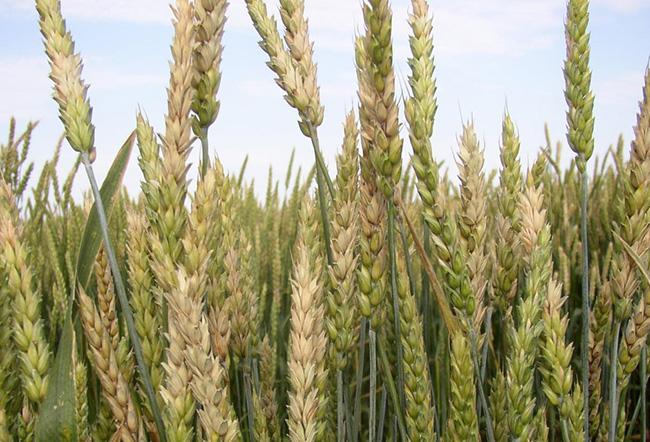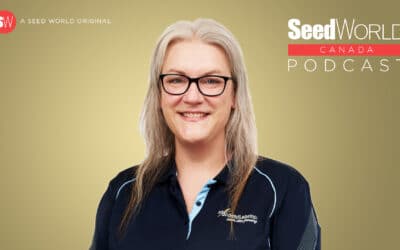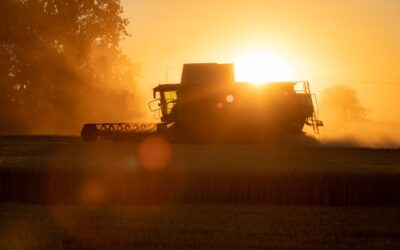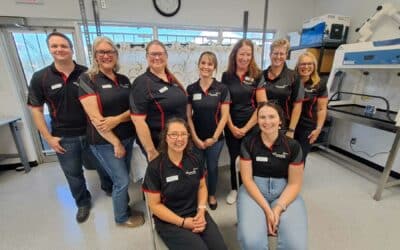In the fight against Fusarium, information is your best weapon.
Recognizing that a zero-tolerance policy was not a practical approach to monitoring Fusarium since it has been spreading throughout most of Alberta since the late 80s, our provincial government announced early in June that Fusarium would be deregulated and removed from the Pest Nuisance Control Regulation of the Agricultural Pests Act.
The new focus will be to provide programs which will assist in education, communication and mitigation of the air borne pathogen causing economical losses.
Rather than leading to less testing, the change is leading to more testing because the stigma attached to it has gone away. People are realizing it’s not the devil and they’re interested to know what the levels in their seed are.
Our approach has been to record the presence and severity of the disease every year on a mapping device we share with all stakeholders. In addition, we have endeavoured to provide as much scientific information as possible to those in both agriculture and in policymaking positions.
This starts by understanding how Fusarium affects the seed.
It is almost completely dependent on the weather. Dry years lead to little or no Fusarium whereas in wetter years we almost certainly will find it.
In areas where it is established, a plate test which cultures the spores on a specific agar is the best approach. This test works well with seed that has systemic Fusarium (where the disease is inside the seed). This test is not the best approach for seed which has become infected later in the season where the spores infect the outside of the seed.
A DNA test is a better approach because it picks up all infection in all kinds of seed. Later infections don’t always come into areas where Fusarium is well established. Keep in mind that if you do want to know the true condition of your seed and you’re in a clean zone, you do need to consider the DNA test. All seed with any level of infection should be treated before seeding.
Seed treatments are a valuable tool in preventing further seed deterioration due to infection and should be part of best management practices.
Consider monitoring for early spore activity with the Spornado. A passive spore catcher designed to capture spores that cause FHB, this approach helps alert the grower on when to spray. The timing of fungicide application is key to combating this disease.
For more info visit the Let’s Manage It! website at manageFHB.ca






